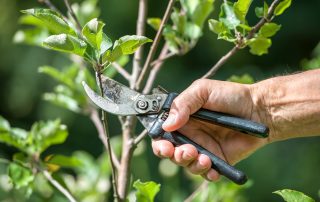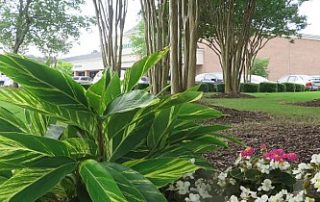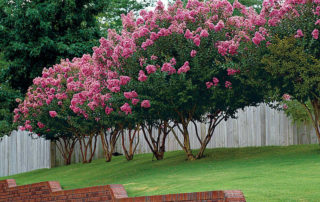Mowing and Pruning Recommendations For Optimal Lawn and Plant Health
Pugh's Earthworks Tennessee's Landscape Maintenance Services For All Seasons Pugh's Earthworks provides commercial landscape design and maintenance services throughout Tennessee, including Memphis, Jackson, and Nashville plus we service commercial lawns and landscaping in Little Rock, Arkansas. Our services include landscape design and maintenance for lawns and landscape areas for residential and business clients. As winter starts to slowly draw to a close and spring is in our sights, it's time to start thinking about the best approaches to mowing and pruning to achieve optimal lawn and plant health. Here are some of our tips for taking care of both: Let's start with trimming plants. The first trimming should occur just when the winter months are ending. This helps prepare plants for a healthy growing season. When it comes to pruning, this should only generally occur at the end of fall so hopefully you've already done this. However, if you have flowering shrubs, pruning should occur in the springtime after the flowers have bloomed. This will encourage thicker and fuller growth as well as more blooms during the following year. If you decide not to trim or prune, it can mean compromising the health of your plants. They will be susceptible to diseases and infestations as well as just be stunted by not having dead material removed. Now, let's look at lawn health and maintenance. First, don't cut your grass too short. A scalped lawn can make it vulnerable to diseases and weeds. infestation. Plus, the scalped turf can expose soil and lead to a poorly developed root system. Second, make sure you regularly sharpen your mower blade so you can make clean cuts to the trash when you mow. This way, you don't tear the grass, making an uneven edges that invites disease and pests into the grass blades. Keep an extra blade on hand so you can switch out blades while one is being maintenance. Next, consider leaving some grass clippings on the lawn after cutting, which is known as grasscycling. These grass clippings can provide as much as 25 percent of your lawn’s fertilizer needs. This helps provide good nutrients for a healthy lawn. Finally, don't mow in the same direction or pattern each time. This can end up compacting the soil and creating ruts that diminishes the lawn's health and attracts weeds. Contact us if you need help with mowing and pruning this season. We're here to help!



